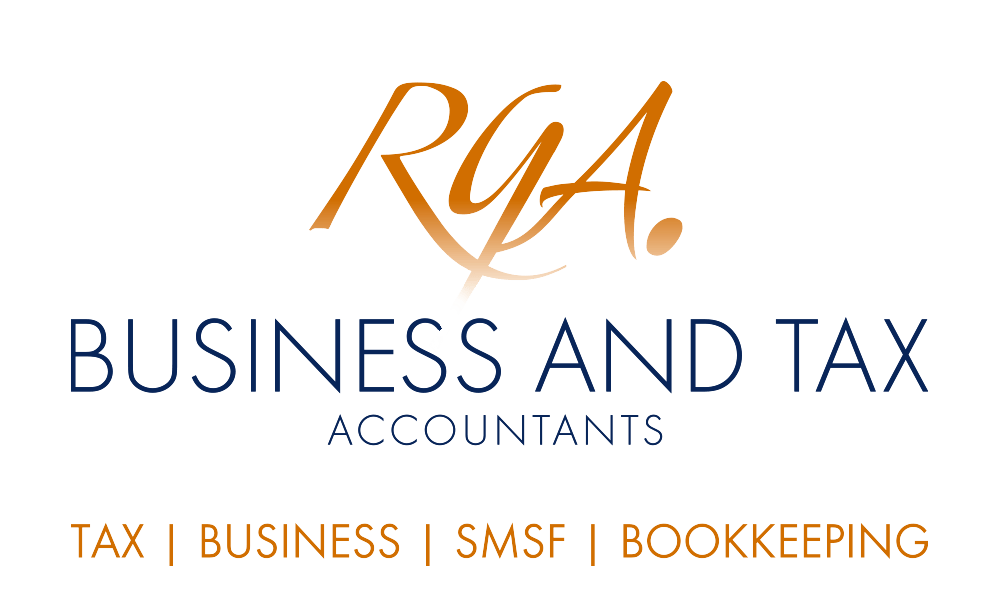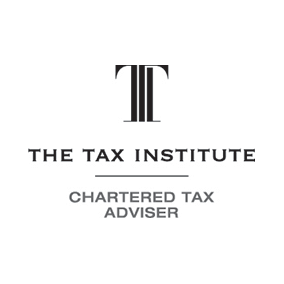
Despite the calls to scrap the already legislated stage 3 tax cuts, the government did not announce any changes in the recent Budget, which means the tax cuts are still set to commence from 1 July 2024 (ie the 2024-25 income year). Additionally, no changes were announced in the Budget to the current personal tax rates, meaning that the rates and income thresholds that have applied since the 2021-22 income year will continue to apply all the way through to the 2023-24 year. However, some individuals may find themselves paying more tax for the 2022-23 income year due to the end of the Low and middle income tax offset (LMITO).
Stage 3 tax Cuts
From 1 July 2024, the already legislated stage 3 tax cuts will reduce the 32.5% marginal tax rate to 30% for one big tax bracket between $45,000 and $200,000, along with the abolishment of the 37% tax bracket. The original aim was to align the middle tax bracket of the personal income tax system with corporate tax rates. In detail, the brackets and rates are as follows:
- $0 - $18,200: Nil tax payable;
- $18,201 - $45,000: Nil + 19% of excess over $18,200;
- $45,001 - $200,000: $5,092 + 30% of excess over $45,000; and
- $200,001+: $51,592 + 45% of excess over $200,000.
End of the Low and middle income tax offset (LMITO)
However, some individuals may find themselves paying more tax for the 2022-23 income year due to the end of the Low and middle income tax offset (LMITO). The LMITO applied to individuals with taxable income of less than $126,000. For the 2021-22 income year, those earning a taxable income of $90,000 received an offset of $1,500 which reduced by 3 cents for every dollar above $90,000 tapering off at $126,000.
For the 2022-23 income year and onwards, only the low income tax offset (LITO) will apply. The maximum amount of the offset is $700 and will apply to individuals with taxable incomes of less than $37,500. Those earning between $37,501 and $45,000 will get $700 minus 5 cents for every dollar above $37,500. Individuals with taxable incomes between $45,001 and $66,667 will get $325 minus 1.5 cents for every dollar above $45,000. Taxpayers earning more than $66,667 are not eligible for the LITO.
Example
Jerry earns a taxable income of $95,000 for the 2022-23 income year. He is not eligible for the LITO as his taxable income is too high, and the LMITO no longer applies. The amount of tax payable for the 2022-23 income year based on the current tax rates is $21,342. Previously in the 2021-22 income year, where the LMITO applied, Jerry's tax payable of $21,342 would have been reduced by $1,350 to $19,992.
If Jerry is still earning the same taxable income of $95,000 in the 2024-25 income year due to wage stagnation, based on the stage legislated stage 3 tax cut rates, his tax payable would be $20,092, a projected reduction of $1,250 from his 2022-23 and 2023-24 tax payable.
Impact on Foreign Residents
It should also be noted that the stage 3 tax cuts not only applies to Australian residents, but also foreign residents and working holiday makers from 1 July 2024. As legislated, from 1 July 2024, foreign residents will only pay 30% on taxable income of up to $200,000. Currently, the lowest rate for foreign residents is 32.5% on taxable income of up to $120,000. For working holiday makers, from 1 July 2024, the 32.5% marginal tax rate will be cut to 30% for one big tax bracket between $45,000 and $200,000, as per the rates for Australian residents.
Help with tax planning?
Whether you need help to work out what your potential tax bill will be this year or to plan around the changes in tax rates for future years, we have the expertise to help. Contact our office today for all your tax needs.
Please note that many of the comments in this publication are general in nature and anyone intending to apply the information to practical circumstances should seek professional advice to independently verify their interpretation and the information’s applicability to their particular circumstances. Should you have any further questions, please email us at RGA Business and Tax Accountants at reception@rgaaccounting.com.au . All rights reserved. Brought to you by RGA Business and Tax Accountants. Liability Limited by a scheme approved under Professional Standards Legislation









